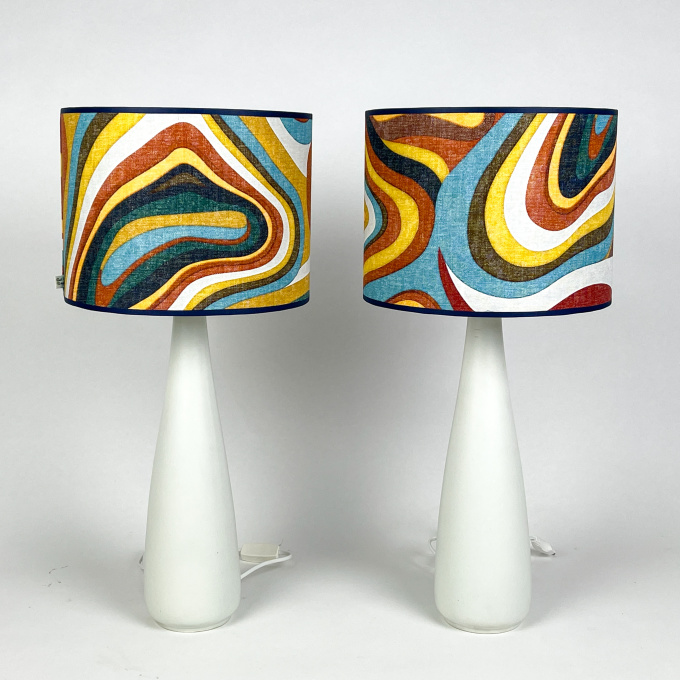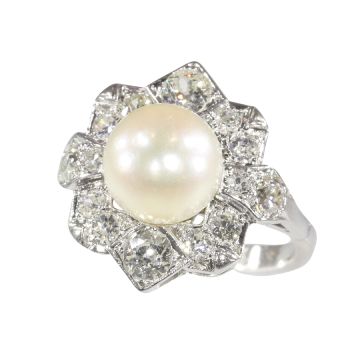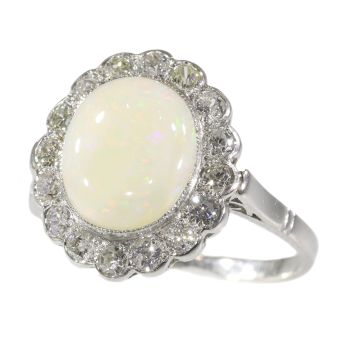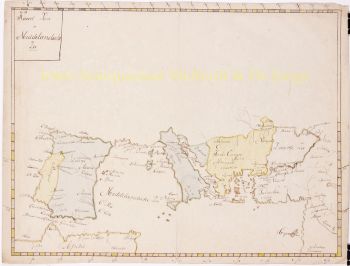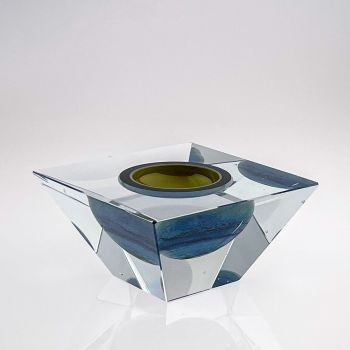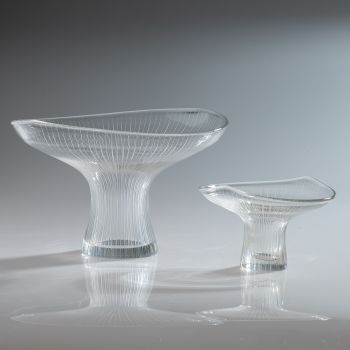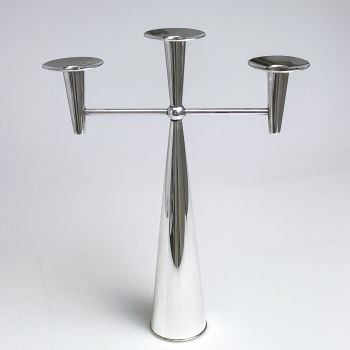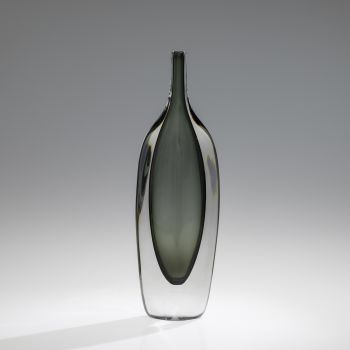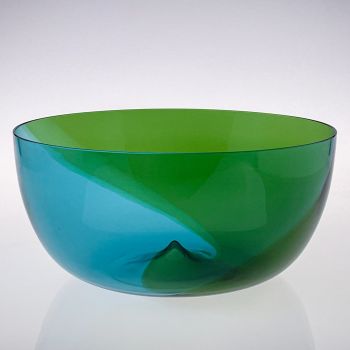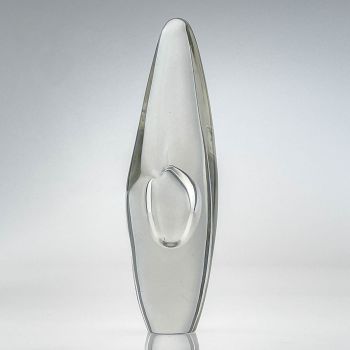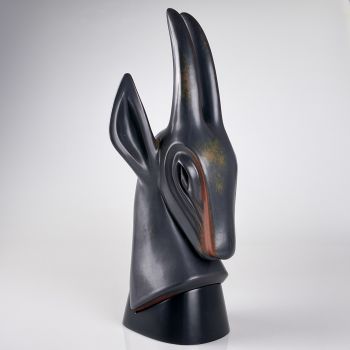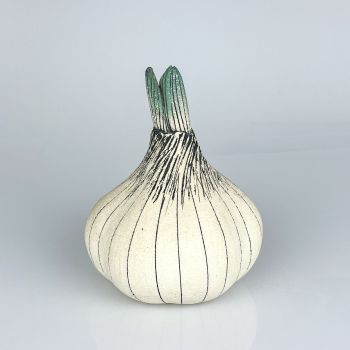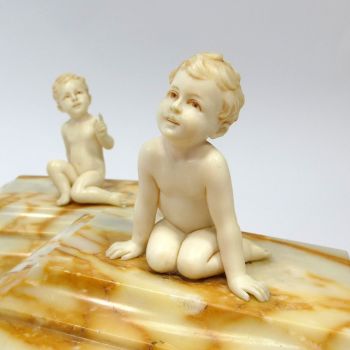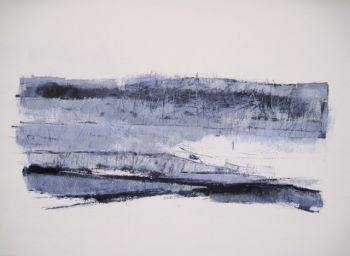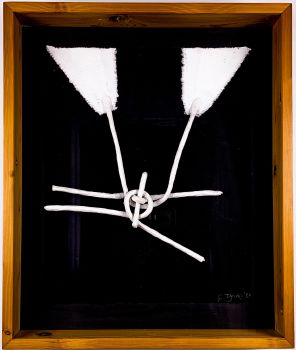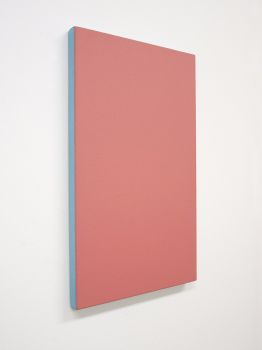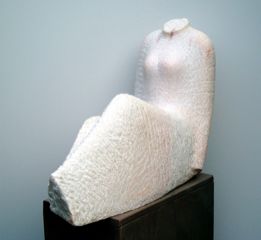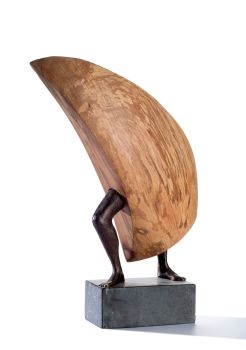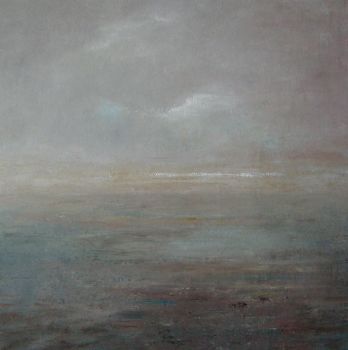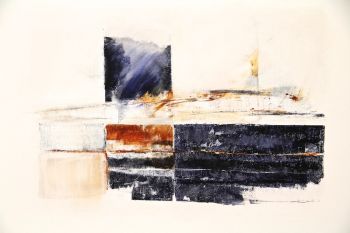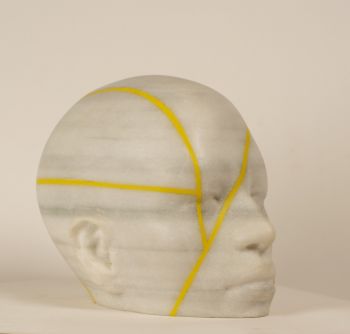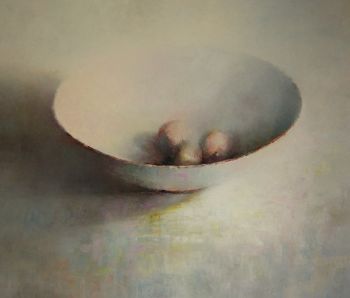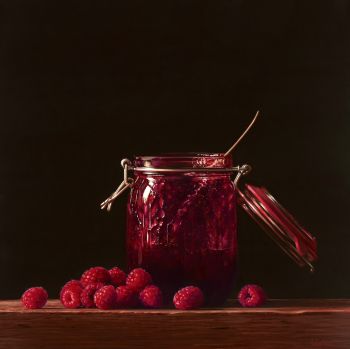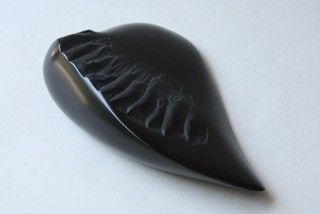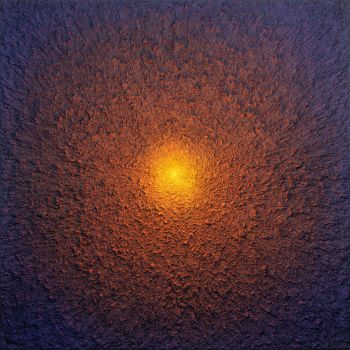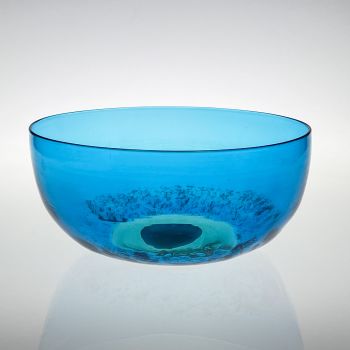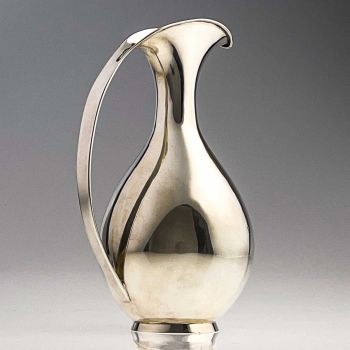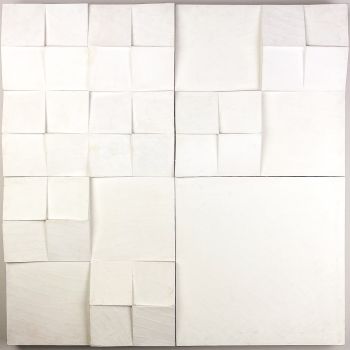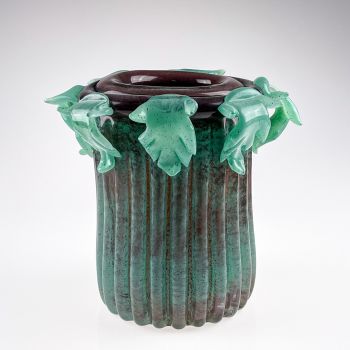Two stoneware tablelamps with bespoke lampshades – Arabia, Finland between 1964-1971 1964 - 1971
Artista Sconosciuto
PietraTessileGres
64 cm, ø 30 cm
ConditionVery good
€ 1.350
Van Kerkhoff Art
- A proposito di opere d'arteA pair of glazed white stoneware tablelamps with bespoke handmade lampshades. Made by Arabia, Finland between 1964 and 1971.
About Arabia
Arabia stands as one of Finland’s most cherished and renowned brands. For more than 140 years, Arabia has been an integral part of Finnish households, enriching both everyday moments and special occasions. With designs that reflect the essence of each era while retaining a timeless appeal, Arabia pieces are not only beautiful but also practical, crafted to endure the test of time.
Originally established as a subsidiary of the Swedish porcelain producer Rörstrang on November 25, 1873, the Arabia brand has seen its fair share of changes in ownership throughout its history.
Carl-Gustaf Herlitz, who had ties to Rörstrand, assumed the role of technical director in 1881. Arabia Aktiefabrik, formed as a limited company in 1885, saw Herlitz taking on the position of managing director in 1893. Notably, Thure Öberg, recruited from Röstrand during the 1890s, served as the company’s pioneering artist until his passing in 1935.
In 1916, Arabia shifted to Finnish ownership, with Carl-Gustaf Herlitz’s son, also named Carl-Gustaf Herlitz, leading as CEO until 1947. Under his guidance, Arabia flourished, becoming the largest porcelain manufacturer in the Nordic region.
From 1947 to 1990, Wärtsilä Oy owned Arabia before it was acquired by Hackman. Today, the Arabia brand finds its home within the Iittala Group, which parted ways with Hackman and was subsequently acquired by Fiskars in 2007.
Kurt Ekholm, appointed as the artistic director of Arabia’s art department in 1932, played a pivotal role in pioneering innovative tableware designs. During its peak, Arabia boasted a workforce of over 1,500 individuals and held the title of Europe’s largest porcelain factory. Additionally, Arabia manufactured toilet seats in Helsinki’s Arabianranta and Ekenäs between 1874 and 1992. However, production at the ceramics factory in Fishers came to a halt on March 18, 2016, with operations relocating overseas.
Marked
Stamped Arabia (stamp used between 1964-1971)
Execution
Arabia, Finland between 1964 and 1971
Condition
Good original condition. No chips or cracks. Wear consistent with age and use. New handmade bespoke lampshades
Literature
Marianne Aav (ed.) Arabia: Ceramic, Art, Industry
Dimensions
Each lamp
Height 64,5 cm
Diameter 30 cm - A proposito di opere artista
Può succedere che un artista o un creatore sia sconosciuto.
Alcune opere non sono determinate da chi sono state realizzate o sono state realizzate da (un gruppo di) artigiani. Esempi sono statue dell'antichità, mobili, specchi o firme non chiare o leggibili ma anche alcune opere non sono affatto firmate.
Inoltre puoi trovare la seguente descrizione:
•"Attribuito a …." A loro avviso probabilmente opera dell'artista, almeno in parte
•“Studio di ….” o “Officina di” A loro avviso un'opera eseguita nello studio o nella bottega dell'artista, eventualmente sotto la sua supervisione
•“Cerchio di…” A loro avviso un'opera del periodo dell'artista che mostra la sua influenza, strettamente legata all'artista ma non necessariamente al suo allievo
•"Stile di..." o "Seguace di..." A loro avviso un'opera eseguita nello stile dell'artista ma non necessariamente da un allievo; può essere contemporaneo o quasi contemporaneo
•“Modalità di…” A loro avviso un'opera nello stile dell'artista ma di epoca successiva
•"Dopo …." A loro avviso una copia (di qualsiasi data) di un'opera dell'artista
•“Firmato…”, “Datato…” o “Iscritto” A loro avviso l'opera è stata firmata/datata/inscritta dall'artista. L'aggiunta di un punto interrogativo indica un elemento di dubbio
•"Con firma....", "Con data...", "Con iscrizione..." o “Riporta firma/data/iscrizione” a loro avviso la firma/data/iscrizione è stata aggiunta da qualcuno diverso dall'artista
Sei interessato ad acquistare questa opera d'arte?
Artwork details
Related artworks
- 1 - 4 / 12
- 1 - 4 / 24
Artista Sconosciuto
UN NETSUKE IN AVORIO DI UN OLANDESE CHE GIOCA CON UN RAGAZZINO18th century
Prezzo su richiestaZebregs & Röell - Fine Art - Antiques
1 - 4 / 24- 1 - 2 / 2
Shinkichi Tajiri
“Koan” 1988 – papier-mâché / cotton on paper, original frame1988
Prezzo su richiestaVan Kerkhoff Art
1 - 4 / 24- 1 - 4 / 12

